Crosswind Landing Gone Wrong: TUI Boeing 737 at Leeds Bradford
Fear of Landing
FEBRUARY 7, 2025
Just before touchdown, the captain used right rudder to “de-crab” the aircraft and landed smoothly in the touchdown area. When you land a Boeing 737, you control the aircraft direction using the rudder pedals, which are linked to the nosewheel steering. As they decelerated, the captain reduced the right rudder to neutral.


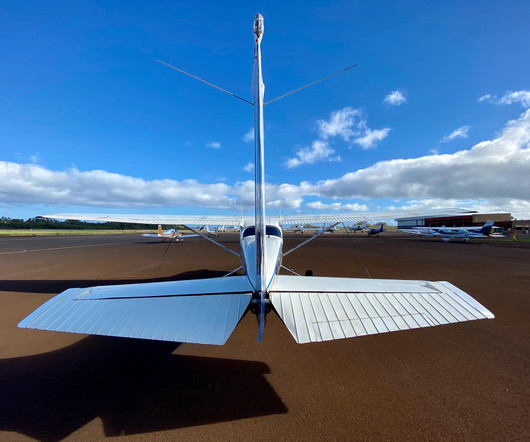

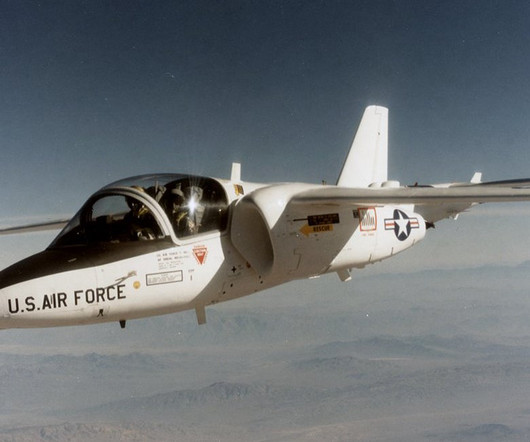

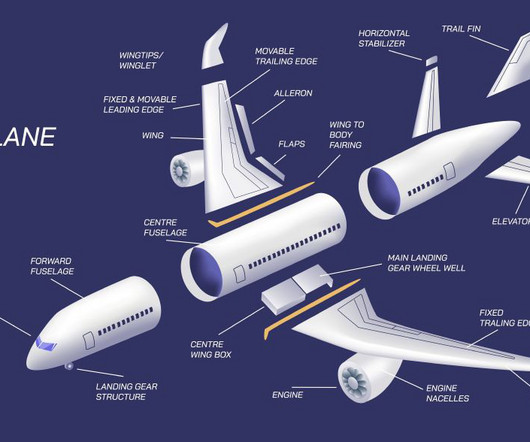
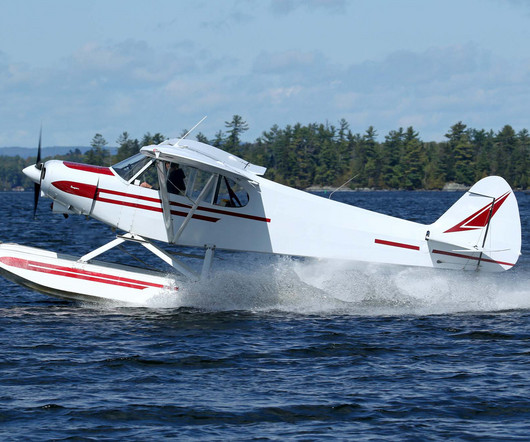

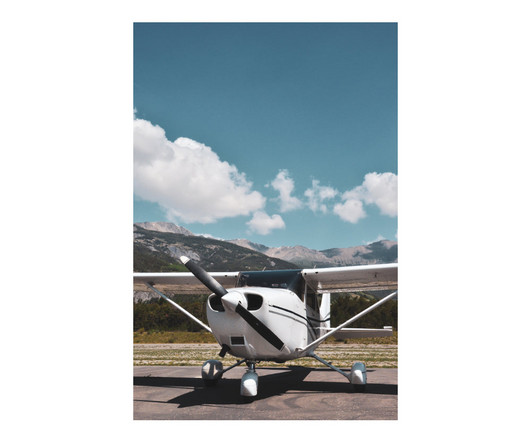
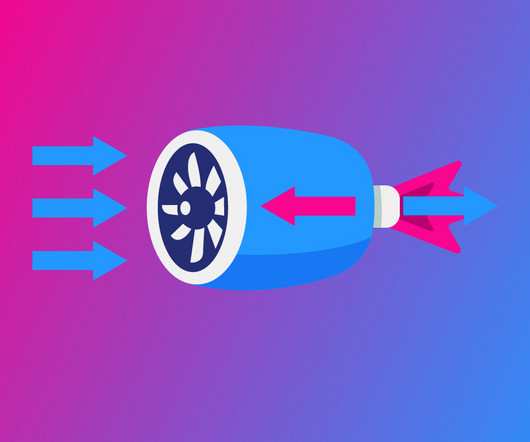



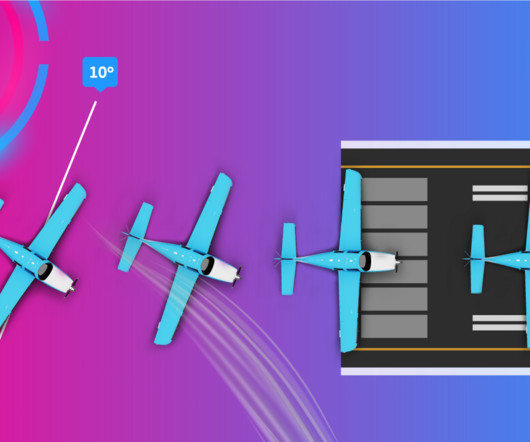
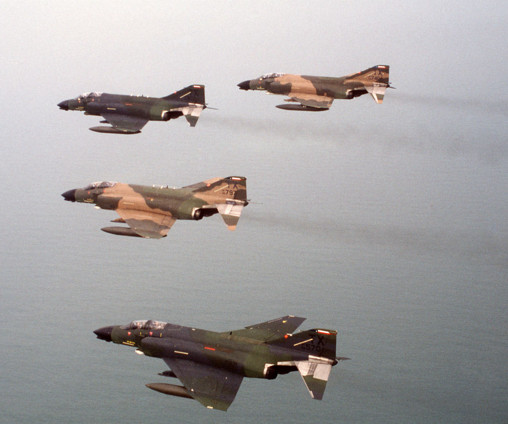
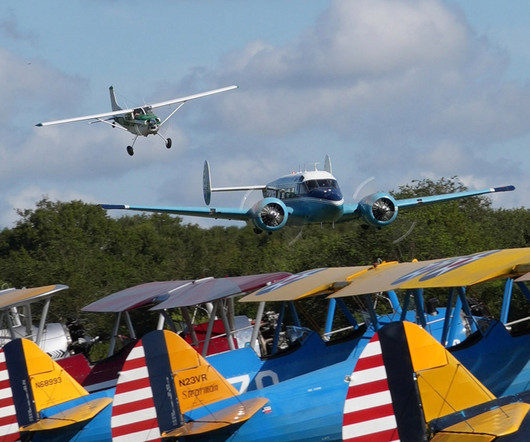









Let's personalize your content